 |
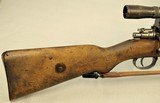 |
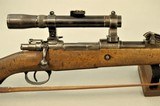 |
 |
 |
 |
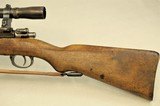 |
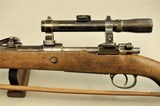 |
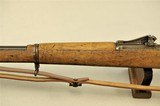 |
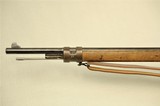 |
 |
 |
 |
 |
 |
 |
 |
 |
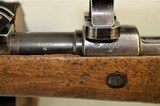 |
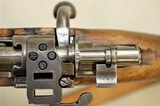 |
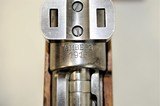 |
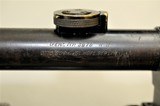 |
 |
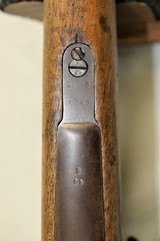 |
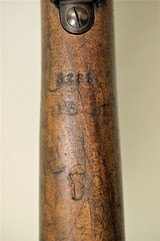 |

**WW1** German Gewehr 1898 Sniper Rifle 8mm Mauser **Very Rare**
Guns International #: 101631684 Seller's Inventory #: CM20-880
Category: Military Rifles - Non-US - Sniper Rifles
Seller's Information
When emailing or calling sellers direct, please mention that you saw their listing on GunsInternational.com
Seller: Antique & Modern Firearms, Inc.
Company: Antique & Modern Firearms, Inc.
Member Since: 4/27/15
State: Kentucky
Zip: 40503
Country: United States
Phone: (859) 276-1419
Fax: (859) 278-0838
Number of Active Listings: 0
Total Number of Listings: 16132
Seller: FFL Dealer
Return Policy: 3 day inspection and return policy on used guns.
Payment Types Accepted: Visa,Master Card, Discover,Check
Description:
Imperial German Scharfschutzengewehr (Sharpshooters rifle in German) Model 1898 sniper rifle in 7.92x57 or more commonly known as 8mm Mauser. At the beginning of World War 1 no country had a "sniper program" as we know it today. Germany in 1915 outfitted the most experienced marksmen (typically pre-war game wardens and poachers) with specially selected factory rifles and equiped them with optical hunting sights. These early telescopic sights usually consisted of 2.5x, 3x and 4x power, produced by manufactures like Görtz, Gérard, Oige, Zeiss, Hensoldt, Voigtländer and various civilian models from manufacturers like Bock, Busch and Füss. These rifles were standard 1898 Military Model which held exceptionaly high accuracy at the factory. They were fitted with a Model 1898AZ carbine bolt and optic and issued to an individual Soldier (Soldat) instead of a unit. Due to the very high usage of steel armor piercing ammunition the barrels were rapidly erroded and the life span for accuracy was between 1000-2500 rounds, often less, before having to be replaced. Upon replacement, the rifle was pulled from the line and the bolt, scope and bases were switched over by an armorer to a new rifle and the old rifle was given to a standard infantryman who didnt necessarily need the pin-point accuracy. Because of this early practice, these rifles should not have matching bolts or number matched optics (See Imperial War Museum of London). Two types of stocks were used during the war the "early" pattern and the "late" pattern (change occured near the end of 1916), the early pattern stocks had an unmarked unit disk and the absence of both finger grooves and a bolt cutout. The late pattern stock saw the removal of the unit disc in favor of a bolt dissasembly lug and the addition of both finger grooves and a bolt cutout, though during the transition period there was some mixing of the two "patterns". Over the course of the war approximately 18,000 of the Scharfschutzengewehr were produced and the Imperial War Museum estimates less than 1/3 of these remain today due to either being destroyed during the war or purposely sabotaged by the individual soldier upon capture. This Scharfschutzengewehr Model 1898 was produced at the Amberg arsenal in 1916 and is the early war pattern as it has an unmarked unit disc (indicating it was issued to an individual not a unit) and is fitted with a Model 1898AZ carbine bolt. The optic was produced by Otto Bock of Berlin and was originally issued on Gewehr number 3676. It is properly stamped (all of the military issued scopes from the German Army at this time were stamped not etched or electro-penciled) in the correct font of the period. The rifle is all matching except for the bolt, which is the correct configuration. The bore is bright but the rifling is noticably worn and was certanly close to its field replacement during the war. Everything functions as intended and the rifle fires without issues. The flag safety on the bolt is loose as it appears to have been missused sometime in its post-war lifetime. The stock is in great conditon for a military firearm with nice visible cartouches and is matching to the receiver. The scope is free from cracks and any visible scratches and the range dial still functions properly. It comes with a period correct reproduction sling. This is a unique and very special piece of military history as todays modern sniper was born from the German program and the allied response to the German sniper program. It would make for the perfect center piece in a military arms or WW1 militaria collection.
SOLD
Curio/Relic: Yes
Manufacturer: Amberg
Model: 1898
Serial Number: 3283U
Caliber Info: 8x57mm
Action: Bolt-Action
Manufacture Date: 1916